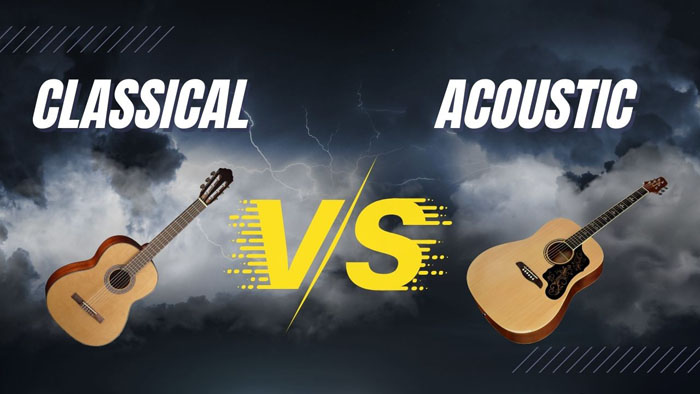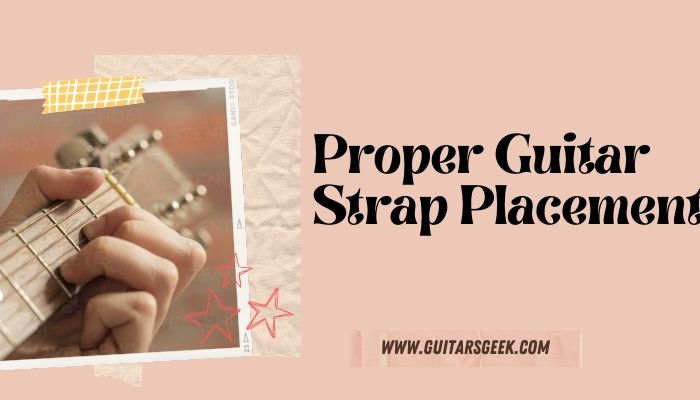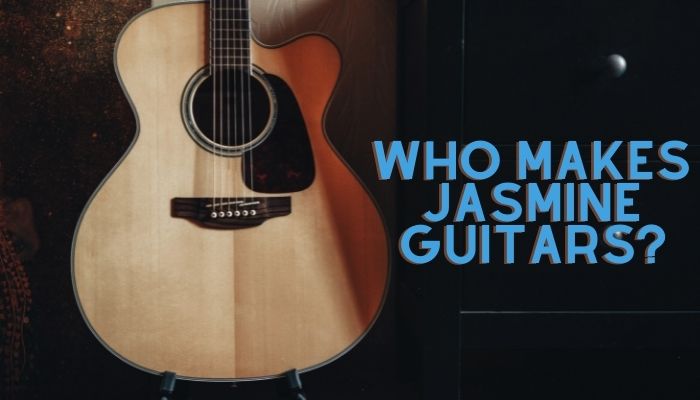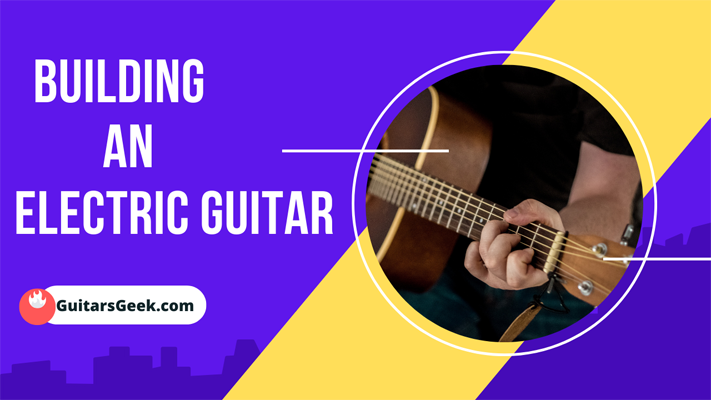
Introduction
Building an electric guitar can be fairly complex if you’re unfamiliar with the different components and how they all work together. Fortunately, there is an alternative. Today we’ll look at everything from choosing your first guitar to building a custom neck. We’ll also take a look at some of the most popular online communities for new builders and answer any questions you may have along the way.
Building an Electric Guitar
This can be an acoustic or a solid body electric guitar, though you should know some specific things if you want to build an acoustic guitar. You can use this guide for any guitar you choose, whether it be a custom shop Fender Stratocaster, a Gibson Les Paul, or even a dream guitar you’ve had your eye on for a while.
Just keep in mind that each guitar is a little different, and there are certain things you should look for if you want to build an electric guitar that sounds great and looks awesome at the same time. Once you have your guitar, you’ll need to pick out some wood. There are many options out there for wood, and you’ll need to choose between several options.
First, you’ll need to pick the body wood. This will affect the color and tone of your guitar and is a very important factor in making sure your guitar sounds great. Solid wood like alder, ash, maple, and mahogany are great options. Next, you’ll need to pick a wood block for your fretboard. There are many options here, too, and you’ll want to make sure you pick something that looks great and sounds great. Popular options for fretboard woods include rosewood, ebony, maple, or even a fretboard painted with a design.
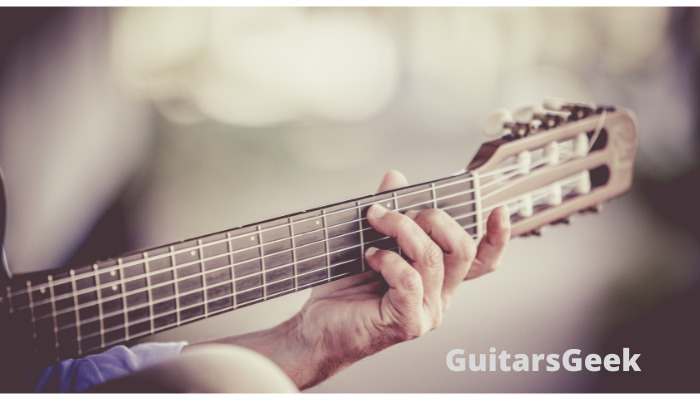
Parts you’ll need to build a solid body guitar.
Fretboard
This is the actual piece of wood that you’ll put your strings and frets on. There are a few different types of fretboard woods, and you’ll want to find one that’s not too slippery so that you don’t slip off your guitar as you try to play it.
Bridge
The bridge attaches the strings to the guitar’s body and is essential for tuning and holding the strings.
Frets
Fretboards are typically made of rosewood or ebony, but you can find many options for the fretboard! You’ll want to find a fretboard that’s a little slimmer than normal so that you don’t get any blisters from playing it for long periods.
Parts for an acoustic guitar
Nut
The nut is a small piece of plastic that sits on the neck and keeps the string in place.
Screws
Depending on your chosen instrument, this can vary, but you’ll typically want at least two sets of tuning screws on an acoustic guitar.
Pickguard
This is a very important piece of wood on any electric guitar, but it’s also an important piece on an acoustic guitar.
Strings
Your final choice here will depend on what sound you’re going for and what type of music you want to play.
Electronics for an electric guitar
Pickup
The pickup is what makes your guitar sound like a guitar. It converts the vibrations in the string into electrical signals that your amp can pick up.
Pot
It is the pot that controls the volume of your pickup. The sounds you can get by experimenting with this are endless!
Jack
This is what connects your guitar to your amp. Depending on your guitar type, you can use a 1/4″ or a 1/8″ jack.
Fuzz
This is what gives you that classic rock sound. Pick your favorite fuzz tone and experiment with it!
Choosing your first guitar
If you have never played the guitar before, then this can be a bit of a challenge. You can find the perfect guitar for your first playing experience with a little research.
The first thing you’ll want to do is determine the music style you want to play. By doing this, you can narrow down your search for the perfect instrument. For example, an electric guitar might be your best choice if you’re interested in playing rock music. On the other hand, if you enjoy playing country or pop music, then perhaps an acoustic guitar would be better suited for your needs.
Choosing between an electric and an acoustic guitar is another factor to consider. While they are both very different instruments and require different skills to play properly, they both have the unique sound that will make them right for certain genres and styles of music.
Finally, regarding the pricing and quality of materials used in your guitar build, two things will impact this greatly: brand name and material grade. While many people may argue that brand name isn’t everything regarding guitars (and they would be right), some brands are much more famous than others (such as Gibson and Fender). These brands cost much more money than other brands because they use better materials in their guitars and put more time into their production process – which results in a better guitar.
For example, a Gibson Les Paul is made of mahogany wood, while an Epiphone Hummingbird is made of maple wood. While maple and mahogany are hardwoods, they are not the same. Maple has a much more pronounced color (it’s redder than the mahogany) and therefore requires more work to produce a good guitar body.
Mahogany, on the other hand, is much lighter weight, making it easier to ship and store – making it easier to mass-produce, which results in cheaper guitars. For this reason, many people will tell you that it’s better to go with cheaper guitars from lesser-known brands such as Epiphone than Gibson – unless you have very specific tastes only satisfied by Gibson models, of course!
So now that you know what materials your guitar will be made of, let’s talk about the brand name and quality of the build. It’s important to note that many different guitars are available today – some are very cheap while others can online injectable steroids cost thousands of dollars! It all comes down to budget, individual preference, and personal taste (which we’ll discuss later).
Bending your strings and tuning up
Bending your strings is a very important part of playing the guitar. If you don’t bend your strings, you won’t be able to play any songs or melodies. It can be tricky to get the technique down, especially if you have never done it before. To bend a string, you’ll start by placing your finger on the fret. Next, apply pressure on the string while bending it towards the nut. This is called “breathing” the string, and you’ll need to remember that you’ll want to apply pressure on both sides of the string equally.
Conclusion
Building an electric guitar can be a lot of fun, but you’ll need to be prepared for the challenge. The best way to do this is to keep an open mind and try different guitar models and sounds until you find the one that’s right for you. Finally, don’t forget to gear up with the right parts and electronics for your build.

Hi, This is Marco Welcome to GuitarsGeek, your ultimate destination for all things guitar. We are a team of passionate guitar enthusiasts who have come together to share our love and knowledge of the instrument. Cheers Amigos!

